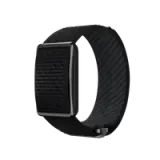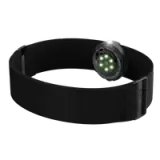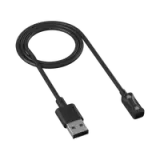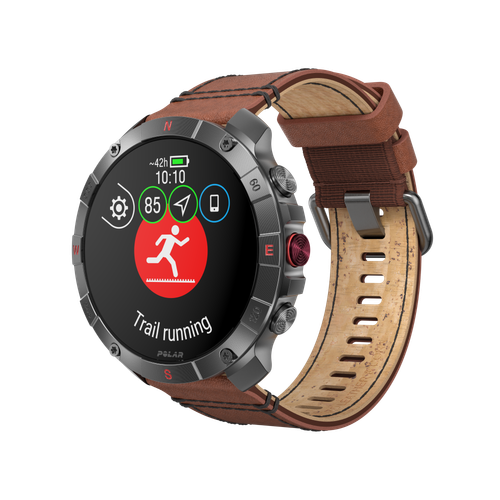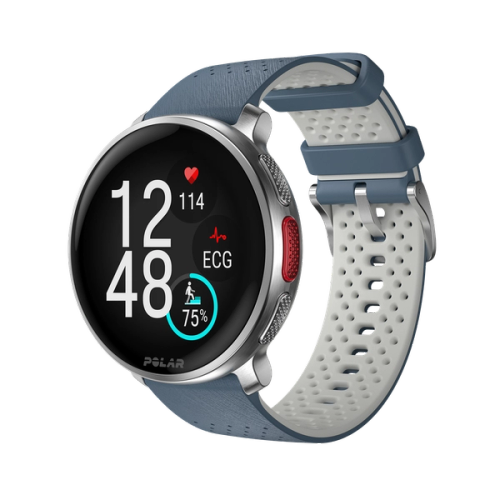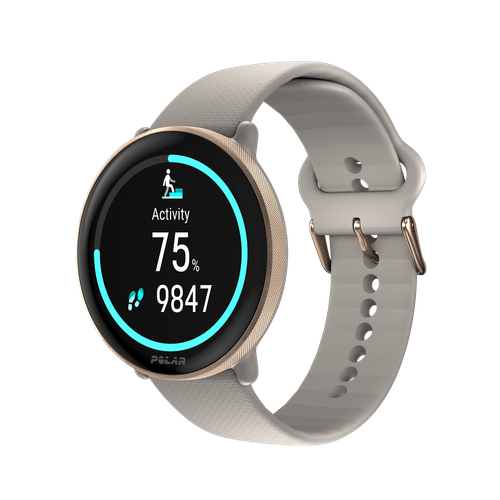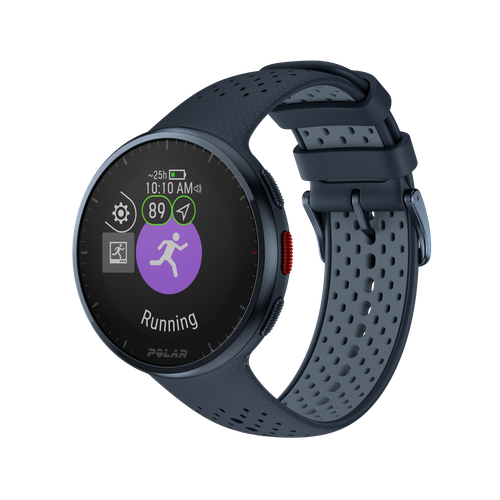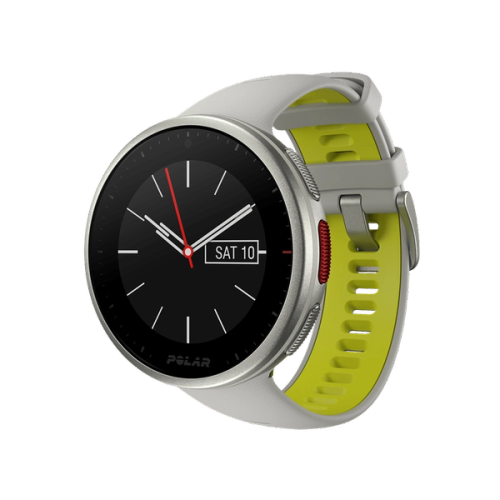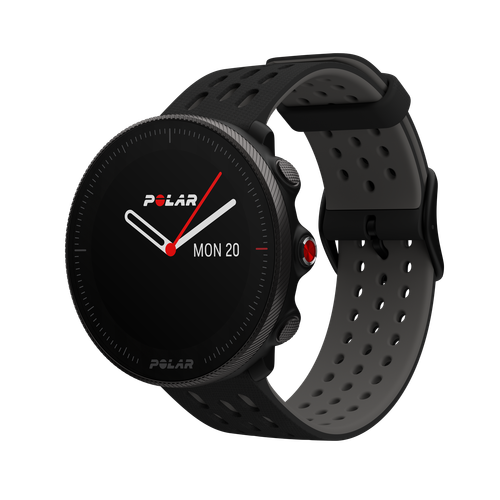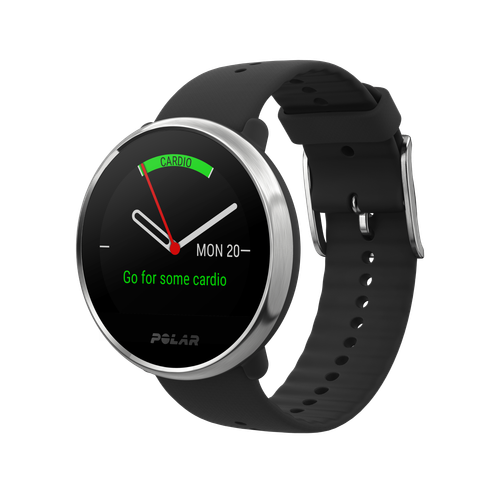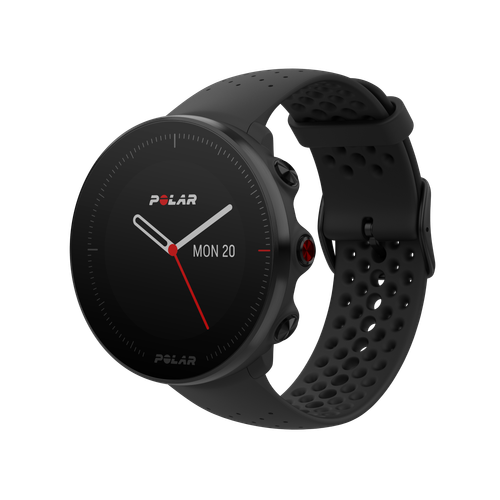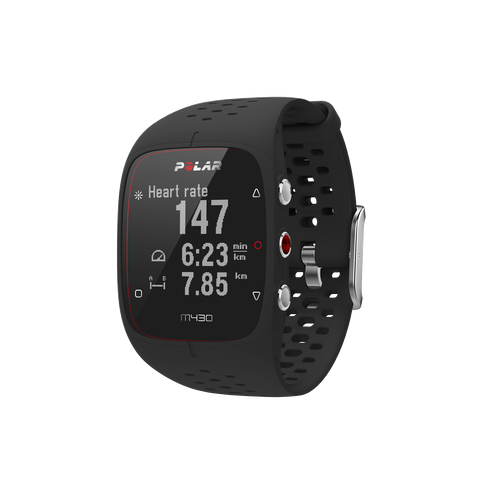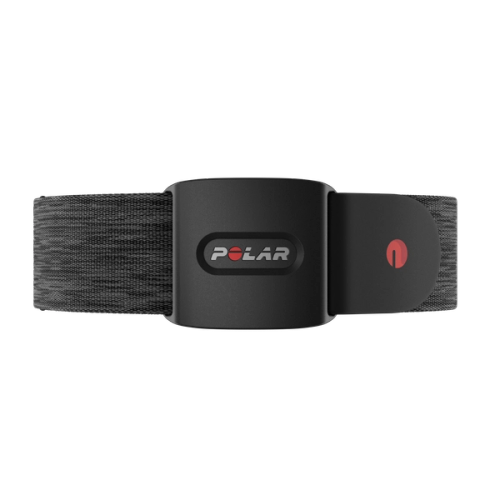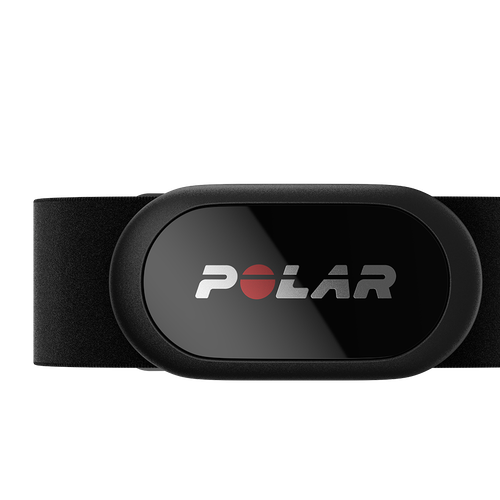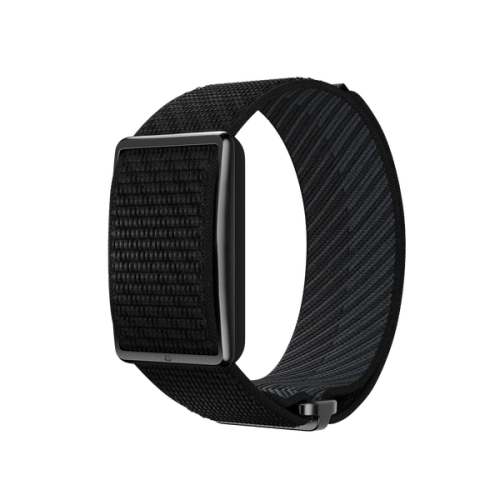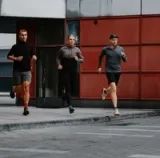We've all heard stories that make us marvel at the magic of a powerful coach-athlete relationship. Think of US swimmer Michael Phelps and his coach, Bob Bowman. From an 11-year-old with a dream to the most decorated Olympian of all time, their bond was a masterclass in unwavering support and deep understanding. Bowman wasn't just a coach – he was a confidant, a friend, someone who, as Phelps himself said, knew him better than almost anyone. That's the kind of athletic partnership that inspires us all.
But, as we know, not every coaching story has a fairytale ending. The once-strong connection between British football (soccer) legends Sir Alex Ferguson and David Beckham serves as a stark reminder that even the most successful partnerships can falter. What began as a father-son dynamic ultimately dissolved, leading to Beckham's departure from Manchester United. It highlights the delicate balance and constant nurturing required to maintain a healthy relationship.
These stories aren't just anecdotes – they're reflections of the complex human dynamics at play in every coach-athlete relationship. Whether you're just starting your journey with a new coach or looking to strengthen an existing bond, understanding these dynamics is crucial.
So, how can you build a foundation of trust, communication, and mutual respect with your coach, ensuring your partnership thrives and you reach your full potential? Here are some practical research-backed strategies and insights to help you create your own success story.
Relationship research
Understanding the coach-athlete relationship has been a focus of extensive research, notably by Dr. Sophia Jowett and her team. Their work, beginning in the early 2000s, moved beyond performance analysis to explore the relationship's core dynamics. Through diverse studies, including unique pairings and adaptations from relationship research, they developed frameworks we'll examine here, offering practical insights for coaches and athletes alike.
- The 3+1 C Model highlights the necessary feelings, thoughts, behaviors and perceptions. The name derives from the fact that it was initially modeled as the 3 C's (closeness, commitment and complementarity) by Jowett and Meek in 2000. However, it has been expanded and solidified to include the additional C (co-orientation).
- The COMPASS Model, developed by Rhind and Jowett (2010, 2012), expands on 3+1C, emphasizing the coach's role in fostering a holistic athlete experience, going beyond just physical training.
- Finally, the CART-Q questionnaire offers a tangible way to assess the quality of the coach-athlete relationship, providing valuable insights into areas that might need attention.
For athletes, when you're hiring a coach, be prepared to share your journey – past workouts, races, and everything in between. This isn't just about data – it's about context.
The Foundation of a Strong Partnership
But first, it’s important to note that building a truly effective coach-athlete relationship goes far beyond simply prescribing workouts. It's about understanding the person behind the performance. As a coach, are you familiar with your athlete's training history? Do you really know their strengths and weaknesses? These are crucial starting points. For athletes, when you're hiring a coach, be prepared to share your journey – past workouts, races, and everything in between. This isn't just about data – it's about context.
Open communication is the cornerstone. Be ready to explain why you train, why you're pursuing your goals. Sharing your motivations and struggles allows your coach to tailor training that truly resonates. For example, if track speed work feels like a mountain to climb, a good coach will understand that and find creative ways to build confidence and motivation, perhaps by breaking down sessions into smaller, achievable steps or finding alternative ways to work on speed.
And let's not forget the importance of chemistry. It might seem obvious, but you need to like your coach. A degree of rapport is essential for a productive partnership. If that spark isn't there, don't be afraid to explore other options. Finding the right coach is about finding someone who gets you, someone you trust, and someone who inspires you to reach your full potential.

The Essential Elements of a Successful Coach-Athlete Relationship
Ok, let’s take a deeper dive into the 3+1 C Model as this is the foundational blueprint upon which the other models are based. This framework describes the key relationship ingredients for a successful coach-athlete partnership, focusing on the athlete and coach's feelings, thoughts, behaviors and perceptions.
These four elements, when nurtured, create a strong foundation for a productive partnership. Think of it as the core ingredients for a successful recipe. It's how you can work with your coach to develop a successful relationship. Additionally, you’ll find relevant questions from the CART-Q questionnaire in each section to highlight how you can reflect upon each one for self-inquiry around your connection.
Building a strong connection with your coach isn't just about training – it's about fostering a genuine relationship.
Closeness
The "feelings" element reflects the degree to which the coach and athlete trust one another, like one another, and have feelings of appreciation for one another.
Building a strong connection with your coach isn't just about training – it's about fostering a genuine relationship. Here's how you can nurture that closeness:
- Celebrate Each Other's Efforts: Remember, positive reinforcement goes a long way. Take the time to offer sincere praise, encouragement, and support, not just during training and competitions but also in everyday moments. And when offering feedback, make sure it is constructive and helpful.
- Connect Beyond the Sport: Small gestures can make a big difference. Engage in casual conversations, remember birthdays, and show genuine interest in each other's lives outside of sports. These little moments build a sense of personal connection.
- Strengthen the Team Bond: Participate in team-building and social activities with other athletes, assistant coaches, and even parents. These shared experiences create a sense of community and strengthen the overall team dynamic, which in turn strengthens your relationship with your coach.
CART-Q questions:
- Do you feel close to your coach/athlete?
- Do you like your coach/athlete?
- Do you trust your coach/athlete?
- Do you respect your coach/athlete’s efforts?
undefined
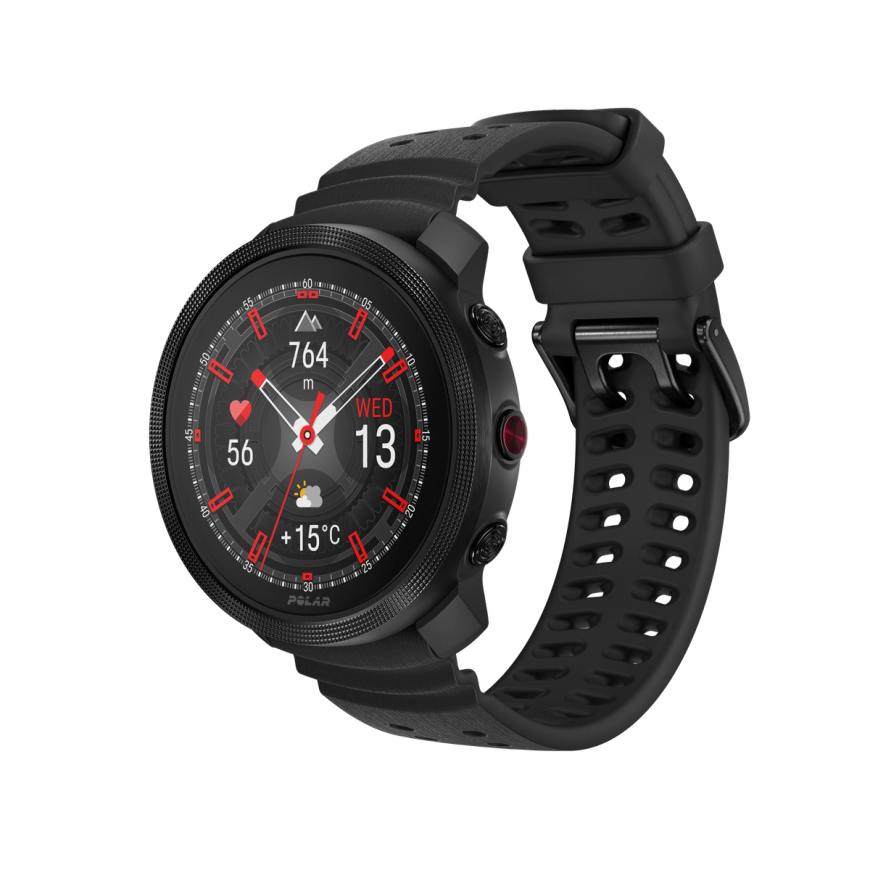
Polar Vantage M3
Smart Multi-Sport Watch
Polar Vantage M3 is a smart multi-sport watch for multi-sport athletes that’s compact yet powerful, stylish yet strong, and designed to bring extraordinary training, sleep and recovery tools into everyday life.
Enjoying this article? Subscribe to Polar Journal and get notified when a new Polar Journal issue is out.
Subscribe
Commitment is the bedrock of a successful coach-athlete partnership. It's about showing up, being present, and investing in the shared journey.
Commitment
The "thoughts" element reflects the degree to which the coach and athlete feel their relationship is valuable. It also demonstrates how each intends to maintain a long-term relationship.
Commitment is the bedrock of a successful coach-athlete partnership. It's about showing up, being present, and investing in the shared journey. Here's how you can deepen that commitment:
- Reliability and Punctuality: Consistently attending training and competitions and being on time demonstrates respect for each other's time and dedication. It's a fundamental way to show you're fully invested.
- Preparedness and Dedication: Arriving ready, both mentally and physically, speaks volumes. Being the first to arrive and the last to leave symbolizes a willingness to go the extra mile.
- Time Investment: Be prepared to dedicate extra time for practice, feedback sessions, or additional training. This willingness to invest beyond scheduled hours strengthens the bond and accelerates progress.
- Mutual Learning and Goal Setting: Actively listen and learn from each other. Collaborative goal setting, whether individual or team-oriented, creates a shared vision and fosters a sense of collective responsibility.
CART-Q questions:
- Do you feel committed to your coach/athlete?
- Do you appreciate the ‘sacrifices’ your coach/athlete has experienced?
- Do you feel that your sport career with your coach/athlete is promising?
Complementarity
The "behaviors" aspect is the extent to which the coach and athlete are comfortable in each other's presence and adopt a friendly attitude. Essentially, how responsive they are to one another's needs.
Complementarity in the coach-athlete relationship is all about finding that sweet spot where your roles and responsibilities work seamlessly together. Here's how to cultivate that harmonious balance:
- Shared Understanding of Expectations: Creating clear team rules and expectations, like a shared code of conduct, ensures everyone is on the same page. This clarity minimizes misunderstandings and promotes a sense of fairness.
- Collaborative Training: Actively involving both coach and athlete in the training process fosters a sense of ownership. When everyone contributes their ideas and perspectives, it leads to more effective and engaging sessions.
- Structured Freedom: Finding the right balance between structure and flexibility is key. Providing a clear training or competition framework allows for organization and focus while also allowing for individual expression and adaptability. It's about creating a supportive environment where everyone can thrive within a defined structure.
CART-Q questions:
- Do you think that both of you work appropriately in achieving the goals set?
- Do you think that both of you work well in achieving the goals set?
- When I coach/am coached, I feel competent.
- When I coach/am coached, I feel interested.
- When I coach/am coached, I am understood.
- When I coach/am coached, I am ready to do my best.
- When I coach/am coached, I feel at ease.
- When I coach/am coached, I feel responsive.
- When I coach/am coached, I adopt a friendly stance
Co-orientation
The "perceptions" aspect is the degree to which the coach and athlete have similar views about the goals they have for one another.
Co-orientation, that crucial "plus one" in the 3+1 C's model, is about being on the same wavelength. It's about shared understanding and mutual empathy. Here's how you and your coach can cultivate that connection:
- Shared Goal Alignment: It's vital that your goals are a collaborative effort. Ensure they're clearly understood, realistic, and truly resonate with everyone's capabilities, expectations, hopes, and aspirations. This shared vision fosters a sense of unity and purpose.
- Active Curiosity and Listening: Don't be afraid to ask questions. Show genuine curiosity in each other's thoughts and perspectives. And, most importantly, actively listen to the responses. This open dialogue builds a foundation of understanding.
- Empathy and Understanding: Strive to be sensitive and understanding of each other's needs. Try to see things from their point of view. This empathy creates a supportive and nurturing environment where everyone feels valued and understood.
CART-Q questions:
- Do you communicate enough with your coach/athlete about training?
- Do you agree with your coach/athlete’s views?
- Do you know your coach/athlete’s strong points?
- Do you know your coach/athlete’s weak points?
- Do you communicate well with your coach/athlete?
- Do you strive to achieve similar goals with your coach/athlete?
- Do you feel there is understanding between your coach/athlete and yourself?
While on the topic of listening and understanding, it’s important to note that we all know the allure of hard data – pace, distance, reps – they paint a picture of our physical output. But let's remember, training is more than just numbers. It's about how the session felt. Did you feel strong and energized, or were you battling fatigue? Were there any niggles or areas of discomfort?
Sharing these subjective experiences with your coach is just as crucial as uploading your workout data. Especially in today's remote training world, where platforms like TrainingPeaks and Strava make data-sharing effortless, we risk losing the human element. Don't let your training be reduced to a spreadsheet. Open up, share how you truly felt, and listen attentively to your coach's insights. That's where the real connection, and the real progress, happens.
How can I improve my relationship with my coach?
It's natural for any relationship, including coach-athlete, to experience its ups and downs. If you feel your partnership isn't quite resonating with the 3+1 C framework above, the COMPASS model offers a practical roadmap to get back on track.
Think of your relationship as a journey, and communication as the fuel that keeps it moving forward. When disagreements or misunderstandings arise, as they inevitably will, communication is your key tool. The COMPASS model provides specific strategies to navigate these moments:
- Conflict Management: Addressing potential issues proactively before they escalate is crucial. This involves open discussions and a willingness to find solutions together.
- Openness: Maintaining clear and open lines of communication ensures both coach and athlete feel heard and understood.
- Motivation: Creating a positive and energetic partnership where both parties feel motivated and rewarded strengthens the bond.
- Preventative Strategies: Clearly defining expectations, rules, and roles (and discussing what happens if they're not met) prevent future misunderstandings.
- Assurance: Demonstrating commitment through actions and sacrifices reinforces the importance of the relationship.
- Support: Being there for each other during challenging times builds trust and deepens the connection.
- Social Networks: Recognizing that the coach-athlete relationship exists within a broader social context, and fostering positive connections with others, enhances the overall support system.
By actively applying these COMPASS strategies, you and your coach can navigate conflicts, strengthen your connection, and create a more fulfilling and successful partnership.
Next steps
Ultimately, the coach-athlete relationship is a dynamic, evolving partnership. By understanding the models we've explored, you gain valuable tools to nurture a thriving connection. These frameworks provide a lens through which you can examine your own relationship, identify areas of strength, and pinpoint opportunities for growth.
Remember, open communication is key. Regularly discussing your experiences, expectations, and feelings with your coach will foster a deeper understanding and strengthen your bond. By actively engaging with all these models and tools, you're investing in a partnership that will not only enhance your athletic performance but also enrich your overall experience. Here's to building strong, fulfilling coach-athlete relationships that empower you to achieve your goals!
undefined
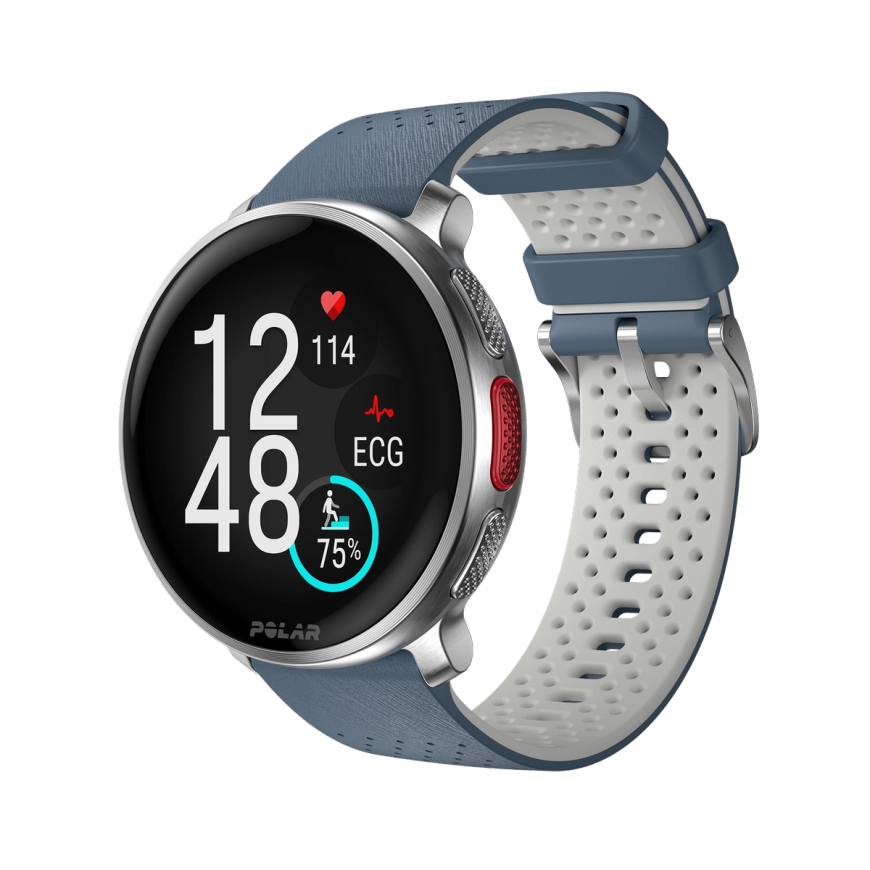
Polar Vantage V3
Premium Multisport Watch
An ensemble of biosensing instruments, AMOLED display, dual-frequency GPS, maps, and the most comprehensive suite of training and recovery tools on the market. The stage is set, and the Polar Vantage V3 smart sports watch is ready to put in the performance of a lifetime.
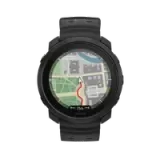 Polar Vantage M3
Polar Vantage M3
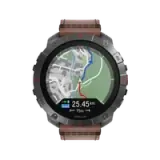 Polar Grit X2 Pro Titan
Polar Grit X2 Pro Titan
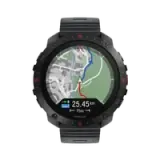 Polar Grit X2 Pro
Polar Grit X2 Pro
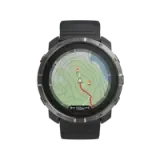 Polar Grit X2
New
Polar Grit X2
New
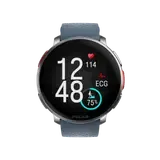 Polar Vantage V3
Polar Vantage V3
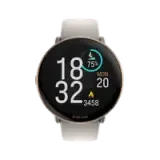 Polar Ignite 3
Polar Ignite 3
 Polar Ignite 3 Braided Yarn
Polar Ignite 3 Braided Yarn
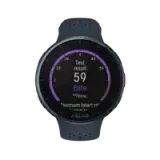 Polar Pacer Pro
Polar Pacer Pro
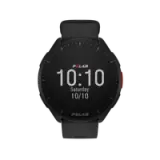 Polar Pacer
Polar Pacer
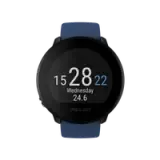 Polar Unite
Grit X Series
Vantage Series
Pacer Series
Ignite Series
Polar Unite
Grit X Series
Vantage Series
Pacer Series
Ignite Series
